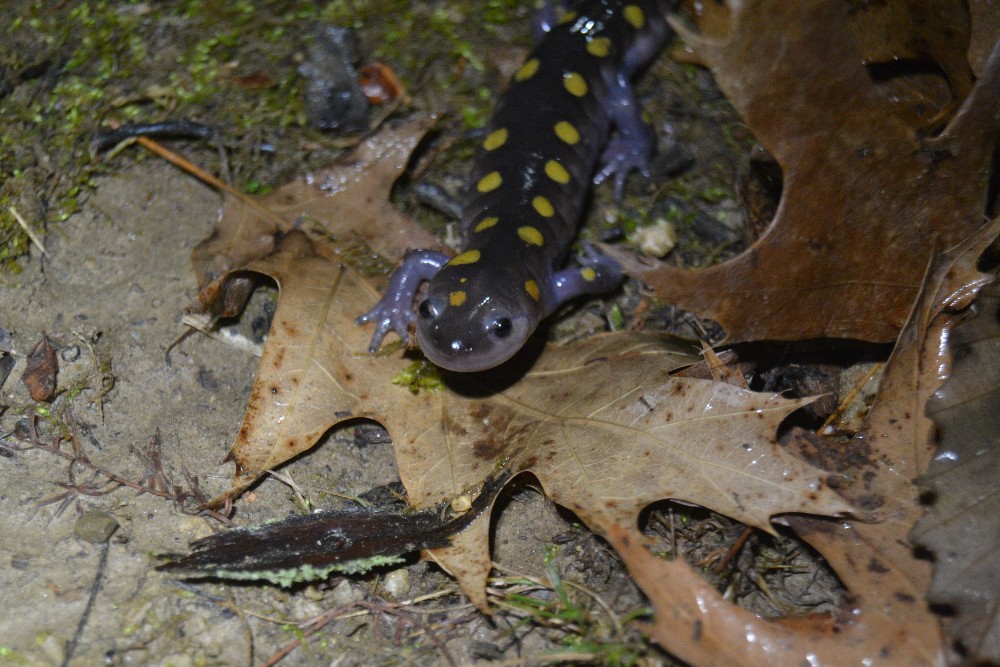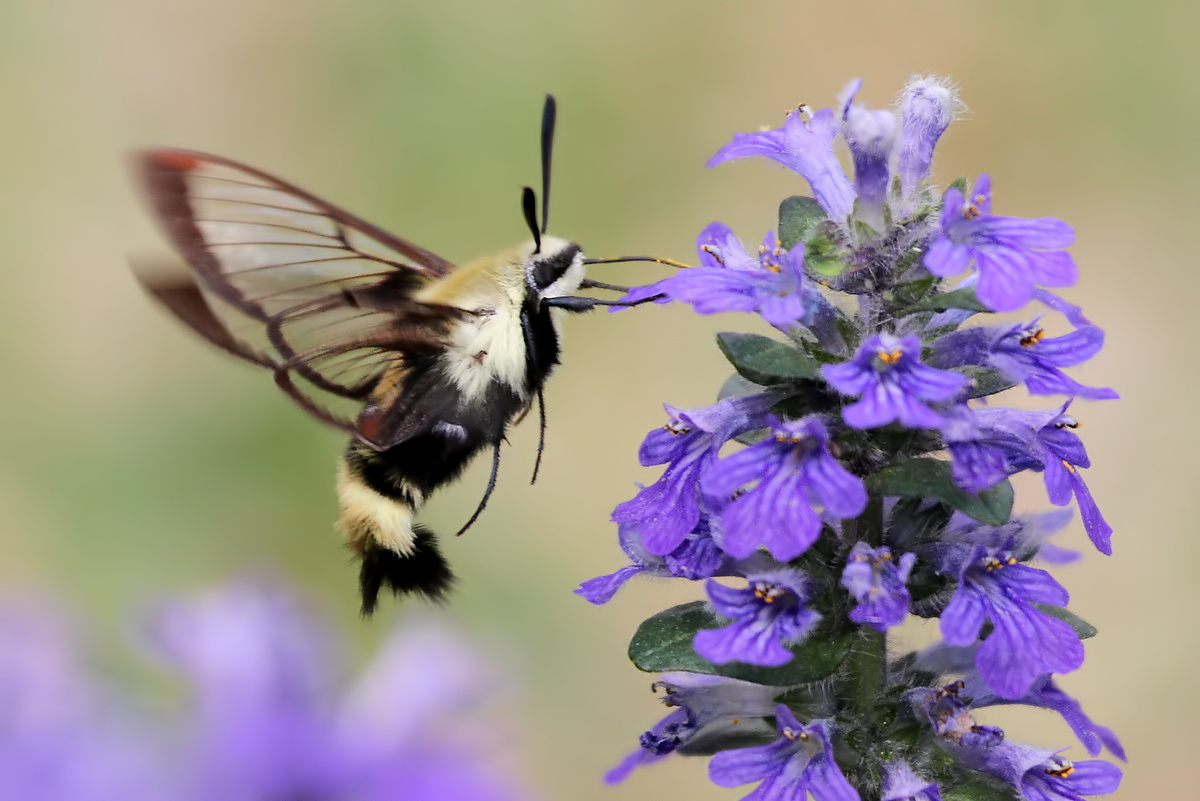Rainy weather this time of year signals many things. Excitement for gardens, memories of long walks in nature, and the warmth of the spring sun all flash through the minds of snowbirds and winter lovers alike.
Most think about this time of the year as a stepping stone to fairer, more favorable weather. However, those with keen ears and good memory may recall an unusual noise occurring every year during this same time. Rain pouring from clouds is not the only sound that fills a late winter night; the faint chirping of the wild is also in the airwaves.
Every year, I venture into wetlands and woodlands at night to observe the great diversity of salamanders and frogs that scurry to temporary pools made by the rain. Late February or early March, if the temperature is above 50 degrees at night with steady rainfall, you can find me facing down the elements to observe a great amphibian march.
While “April showers bring May flowers,” the rains of March bring about beauty in a different way. Amphibians. Hundreds, maybe thousands, of amphibians. Frogs, newts, and salamanders all emerge from their slumber during these late winter rains to find pools of water and, more importantly, love.
This year, these conditions were met a bit early, on February 22nd. I bundled up, drove to a secluded high-quality woodland, and waited. Before long, spring peepers were chirping, wetlands were filling, and salamanders were parading. Hundreds of stampeding tiny feet against the forest floor, eager to find a mate. My squishy steps through the mud were carefully plotted with my headlamp to ensure no animal was underfoot.
Amphibians rely on heavy rainfall for their reproductive cycle. Emerging from dormancy, they instinctively make their way to ponds, streams, and vernal pools to find a mate and lay eggs. Vernal pools are temporary, filling with rainwater, snowmelt, or rising water tables at certain times of the year. Because these pool areas are dry part of the year, they are great host sites for laying eggs because they cannot support predatory fish.
The eggs of amphibians have no hard casing around them like reptiles and birds. They need standing water to avoid deteriorating. Mature amphibians need to stay moist to help them take in oxygen through their skin. Because young and adult salamanders require moisture, rainfall in late winter plays a critical role in many amphibian reproductive cycles.
The night I ventured out, I saw spotted salamanders, wood frogs, red-spotted newts, Jefferson salamanders, smallmouth salamanders, and tiger salamanders. As the night progressed, my gaze shifted to the middle of the vernal pools I bordered. Male spotted salamanders danced in acts of courtship to any female who would look. Wood frogs, with eyes poking from the water’s surface, raised slightly to give way to graveled croaks.
With cold rain streaming down my forehead, my raincoat quickly became oversaturated. The glow of my headlamp, with speckled drops of steady rainfall, provided the only light available in the dark woods. The sounds of rain on leaves, droplets splashing ponds, and the wind cutting through trees composed the soundtrack of that warm February night. With pruny hands, I wiped away mud from my cheek. The cacophonous animals around me intensified as the rain continued. It was an unforgettable experience, a truly enchanting night.
Jake Gamble is the Stewardship Manager for Red-tail Land Conservancy. Impassioned by land conservation, he strives to protect and preserve the natural quality of Indiana while inspiring others to do the same.




